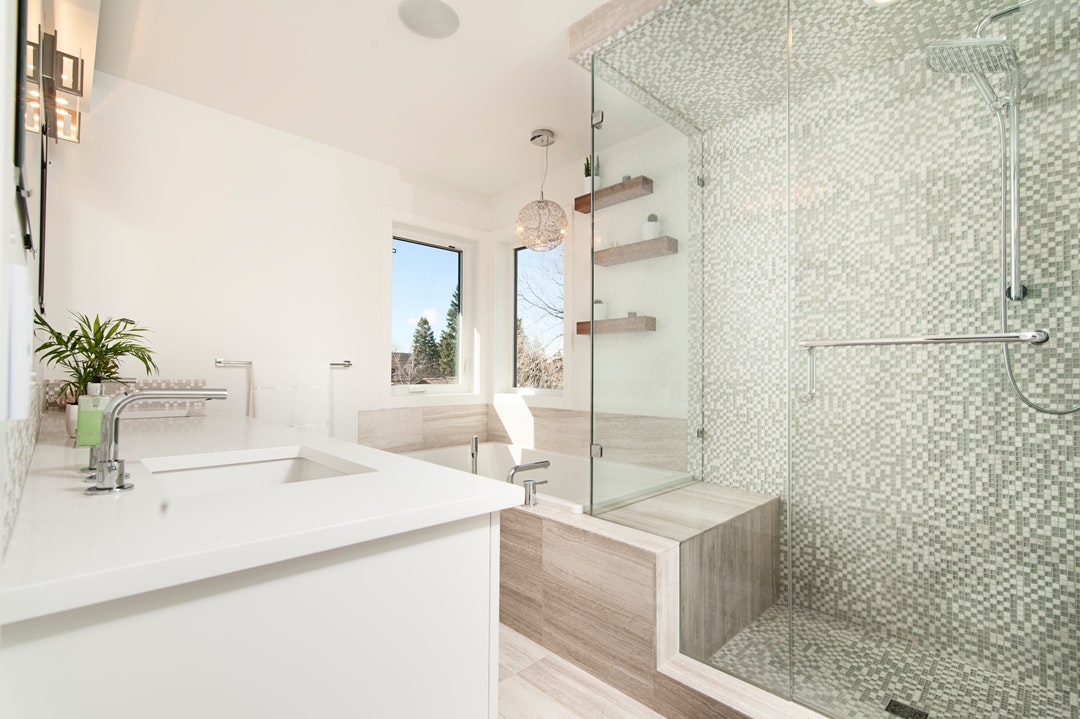3 Ways to Build a More Accessible Bathroom
Did you know that there are over 230,000 non-fatal bathroom injuries every year? It’s true and most, if not all, of these injuries are preventable.
If you or someone you love has mobility issues, the bathroom can be a real area of concern. The good news is that a few simple (and a few not-so-simple) changes can make the bathroom a much safer place.
Keep reading to find our tips on building a handicap-accessible bathroom.
Toilet Safety
Using the toilet can be very dangerous for people with limited mobility. Installing grab rails nearby provides the assistance necessary for sitting down and standing up. This is why many disabled wet room designs focus on toilet safety among other things.
Grab rails can mount to the wall next to the toilet or be free-standing. Check the bars’ vertical force limits before buying. They should be able to withstand the weight of the person using them.
Wall-mounted options tend to be more stable as long as they are installed into the wall studs and not the sheetrock.
Your contractor can recommend what direction your grab bars should go. They can be placed horizontally, vertically, or at an angle depending on what your needs are.
You might also consider replacing the toilet or investing in a raised seat. If the toilet is too low, getting on and off of it will be hard, even with grab bars nearby.
Consider Replacing the Shower
Bathtubs and showers are often the biggest barriers for people with mobility issues. The sides of the tub can be difficult to get over and can present a serious trip and fall hazard.
One way to remove this hazard is to convert the bathroom to a wet room. Instead of a traditional bath or shower, the room will be wide open. The shower will still exist, but there will be no barriers to its entry.
You can install a bench or pull-down chair in the shower area. Some folks might find a shower/toilet commode to be easier to use.
If a wet room is off the table, a walk-in tub is another option. These tubs have watertight doors and a seat with a low threshold. There will still be a small step to get over before entering, however.
Click here for more tips on improving shower safety.
Install New Flooring
Flooring contributes to more than two million fall injuries every year. Since bathrooms are a slippery place by nature, non-slip flooring is a must.
Install a non-slip surface on the floor in the shower or bathtub and replace the flooring with an anti-slip option. Natural stone and vinyl are great picks for durability and stability.
While rugs seem like a good way to prevent falls on slippery floors, they aren’t. Rugs are very easy to get caught on and trip over. It’s best to remove them altogether.
Replace the Little Things
There are several smaller-scale conversions that can help make your bathroom more accessible.
Consider adding automatic lighting to remove the need to reach for switches. The motion sensor lights turn on when you enter the bathroom and off when you leave.
A sink that mounts to the wall eliminates the need to bend over too far.
An Accessible Bathroom is a Safe Bathroom
When you choose to convert to an accessible bathroom, you’re investing in safety and peace of mind. Remember, even small changes can make a big difference.
Keep reading our blogs for more informative articles for homeowners.







0